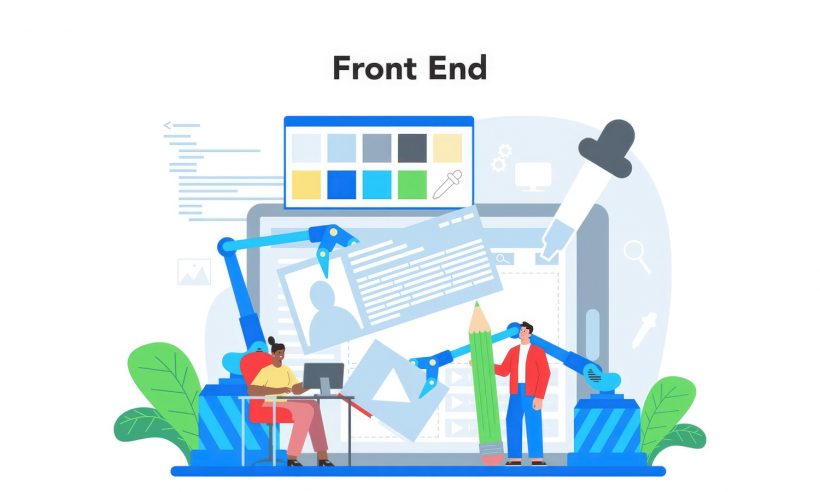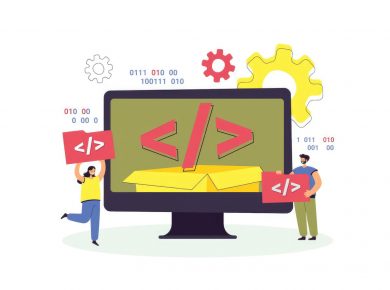Front-end web development is the practice of designing and coding the user interface of a website. It involves creating layouts, writing HTML, CSS, and JavaScript code, and optimizing the website for performance and user experience. To be a successful front-end developer, you need to have the right set of tools. In this article, we will discuss seven essential tools for front-end web development.
- Code editor A code editor is a software application that allows you to write, edit, and debug code. There are many code editors available, including Visual Studio Code, Sublime Text, and Atom. These editors provide syntax highlighting, code completion, and debugging tools, making it easier for you to write and debug code.
- Version control system Version control systems such as Git allow you to track changes to your code and collaborate with other developers. With Git, you can create branches, merge changes, and roll back to previous versions of your code. GitHub and Bitbucket are popular web-based hosting services for Git repositories.
- CSS preprocessors CSS preprocessors like Sass and Less extend the functionality of CSS and make it easier to write and maintain stylesheets. They provide variables, mixins, and functions that can be reused across stylesheets, making it easier to maintain a consistent look and feel across your website.
- Task runners Task runners like Grunt and Gulp automate repetitive tasks such as compiling Sass to CSS, minifying JavaScript, and optimizing images. They can also be used to automate testing, linting, and deployment tasks.
- Frameworks and libraries Front-end frameworks like Bootstrap, Foundation, and Materialize provide pre-designed UI components and stylesheets that can be used to create responsive and mobile-friendly websites. JavaScript libraries like jQuery and React provide functionality such as DOM manipulation, event handling, and AJAX calls.
- Browser development tools All modern browsers come with developer tools that allow you to inspect and debug web pages. These tools provide a variety of features including element inspection, JavaScript debugging, network monitoring, and performance profiling.
- Responsive design tools Responsive design tools like Adobe XD, Sketch, and Figma allow you to design and prototype responsive websites. They provide features such as layout grids, responsive breakpoints, and device preview, making it easier to create designs that look great on any device.
In conclusion, front-end web development requires a set of tools to be successful. Code editors, version control systems, CSS preprocessors, task runners, frameworks and libraries, browser development tools, and responsive design tools are all essential for creating modern, responsive, and mobile-friendly websites.




